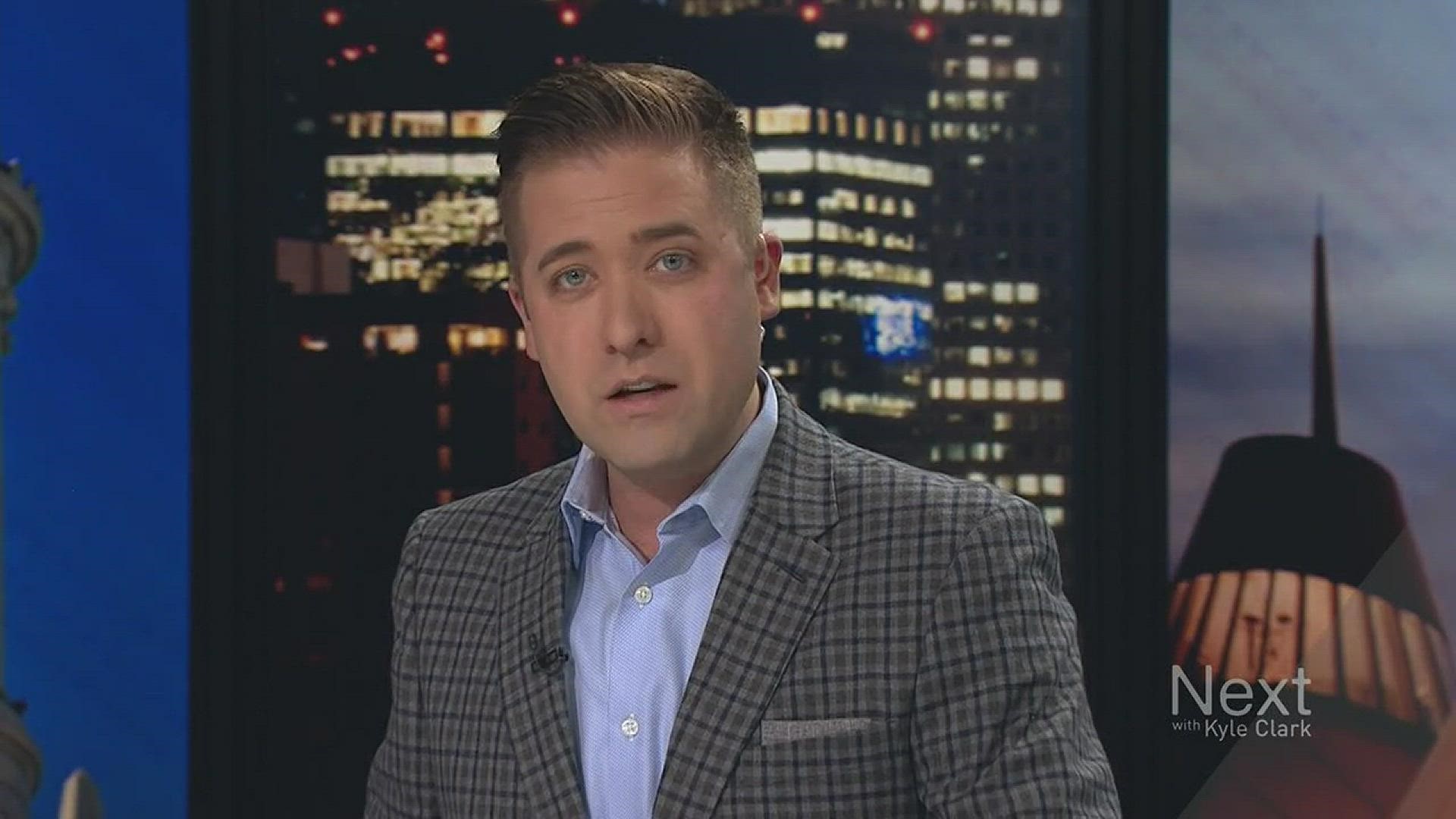Half of all Coloradans now live in an area that's considered to be at risk for wildfires, according to a new assessment from state researchers.
About 2.9 million people lived in what the Colorado State Forest Service calls the wildland-urban interface (WUI) in 2017, the news release said. CSFS defines that as "the area where human improvements are built close to, or within, natural terrain and flammable vegetation." Their newest figure is 50 percent higher than when the forest service last updated its maps five years ago.
Changes in infrastructure, vegetation, weather, and population are all reasons, CSFS said, and the new population numbers are based on a few factors: more people living in the area, more specific data and changes in land use.
"The largest increases in population growth within the interface are in areas where agricultural lands are being converted to grasslands and subdivisions. Although these areas are considered in a low-risk category by the assessment, they are still at a higher risk for wildfire than more urban areas," the report said.
CSFS said their updated information shouldn't be used to determine the risk for an individual house, but it can be used in fire protection plans and identifying priority areas and determining which resources could be harmed in a given area, like drinking water supplies, homes or forests.
However, people interested in the information can check out CSFS' new map that shows the areas most at risk.

